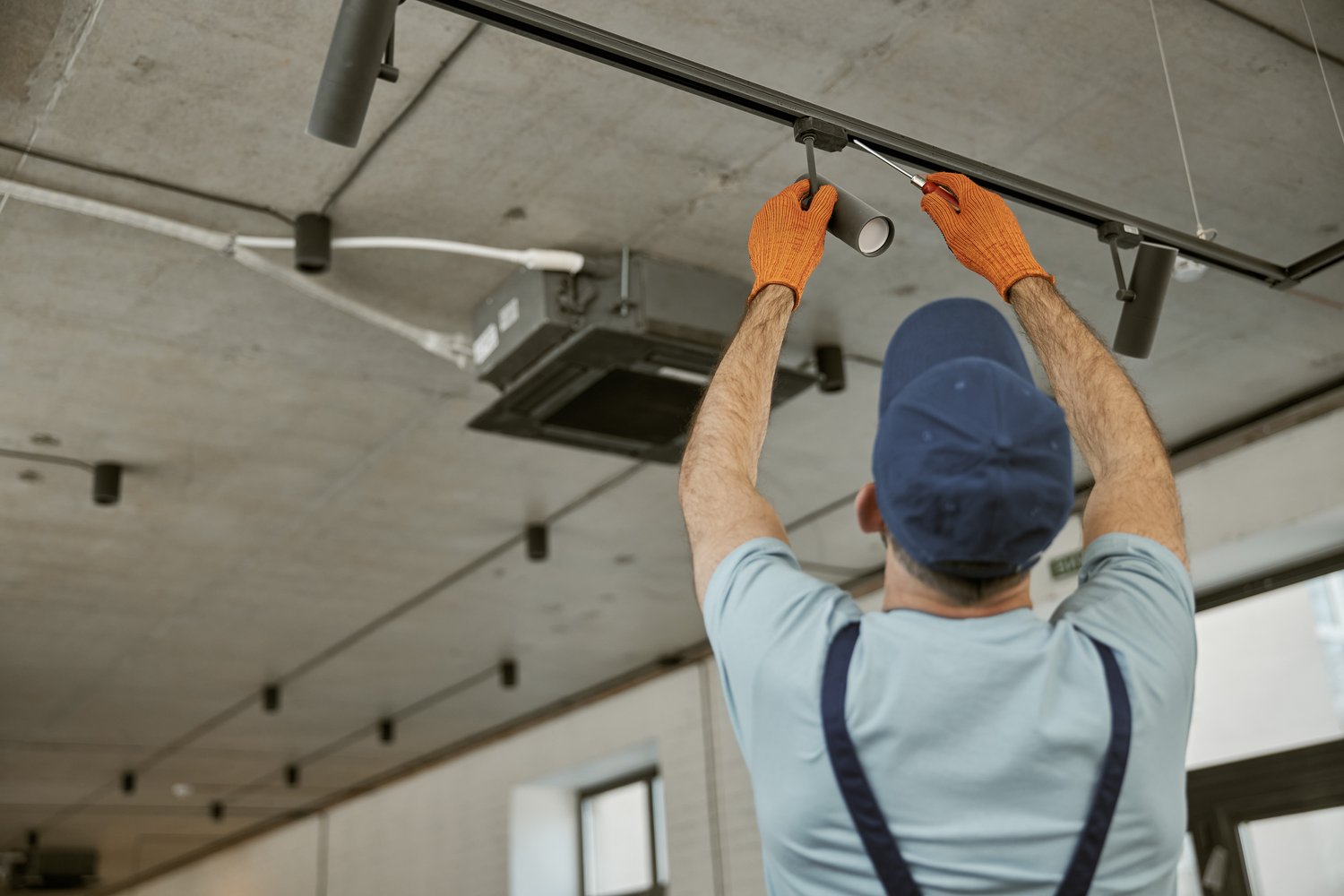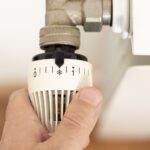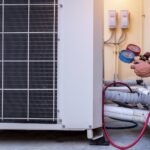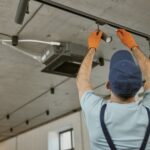Is your garage door opener giving you trouble? Finding yourself stuck at an unexpected moment can be frustrating and inconvenient. The garage door opener, a true workhorse of modern homes, is crucial for ensuring both convenience and security. In this article, we delve into essential troubleshooting techniques to address those annoying hiccups before they turn into major problems.
- Uncover the basic troubleshooting steps to ensure the safe and efficient operation of your garage door opener.
- Identify and resolve common electrical issues that can disrupt the functionality of your system.
- Explore advanced methods to tackle persistent garage door opener problems, like motor breakdowns and sensor issues.
With the right knowledge, you can maintain your garage door opener’s performance, enhancing both your convenience and security. Dive into this guide to empower yourself with practical solutions and keep your space in tip-top shape.
Understanding Garage Door Opener Troubleshooting Basics
Maintaining a well-functioning garage door opener is essential for both convenience and security. Understanding the basics of troubleshooting can significantly aid in resolving many common issues that can arise with these systems. The first step in garage door opener troubleshooting is performing a visual inspection of the entire mechanism. Look for any obvious signs of wear or damage, such as frayed cables or misaligned tracks.
Next, ensure the garage door opener is receiving power. Check if the unit is plugged in and the circuit breaker has not tripped. If everything appears normal, test the remote controls to confirm they are transmitting properly. Replacing the batteries in the remote can often resolve any inconsistencies in performance.
A systematic approach to garage door opener maintenance involves checking the door balance. Disconnect the opener from the door and manually lift it halfway. A correctly balanced door should remain in place without drifting up or down. This can also indicate that the springs are in good condition and the opener is not under undue strain.
Identifying Electrical Issues in Garage Door Openers
Electrical problems are a common culprit in garage door opener malfunctions. To troubleshoot electrical issues, begin by ensuring that the power supply is intact. Check if other devices on the same circuit are functioning. If not, there might be a problem with the power outlet or the circuit breaker itself.
Another typical issue involves faulty wiring within the garage door opener. Carefully inspect visible wires for any signs of damage, such as fraying or burning. Faulty wiring can lead to performance issues and may require professional repair to ensure safety.
Sensor problems are another potential electrical issue. Most garage door openers have safety sensors that can stop the door from opening or closing if something is blocking them. Ensure the sensors are clean and aligned correctly. Dust and dirt can obstruct sensor signals and produce erratic door behavior.
If basic checks do not resolve the issue, consider consulting the garage door opener’s manual for troubleshooting tips or seeking assistance from a professional electrician. Properly identifying and addressing electrical issues in a timely manner can help maintain the functionality and longevity of your garage door opener.
Advanced Garage Door Opener Troubleshooting Techniques
Mastering advanced troubleshooting techniques is essential for addressing persistent issues with garage door openers. Understanding these methods ensures that your opener functions smoothly and effectively, increasing both convenience and security.
One of the most common advanced issues involves motor malfunctions. Begin by checking if the opener’s motor is receiving adequate power. Verify that the circuit breaker is not tripped and ensure all wiring is intact and free from damage. If the motor appears to hum without action, it may require adjustments or lubrication.
Sensor adjustments are crucial when the garage door reverses unexpectedly or fails to close completely. Firstly, inspect the sensor lenses for dirt or debris that might obstruct their operation, as clear sensors are vital for proper functioning. Make certain that both sensors are correctly aligned, facing each other at the same height along the door track. Any slight misalignment can cause operational failures.
In addition, you should calibrate the limit settings on your opener. This adjustment determines how far your garage door travels to open and close completely. If the door does not close all the way, check the settings to ensure they are correct and recalibrate as necessary.
For more persistent problems, consider examining the remote control signal. Weak signals can disrupt communication between the remote and opener system. Replace old batteries and test the range to confirm seamless operation.
When these advanced troubleshooting methods are applied, they can effectively resolve stubborn malfunction issues. Always remember that if these techniques do not suffice, seeking the expertise of a professional may be the best solution. Continuous maintenance and immediate attention to any garage door opener issues will protect your investment and ensure long-term reliability.
Frequently Asked Questions about Garage Door Opener Troubleshooting
Why is my garage door opener not responding?
Check the power supply and ensure the remote control has fresh batteries. Also, inspect if the motor unit is plugged in properly.
What causes a garage door to open sporadically?
This can be due to a misaligned safety sensor, remote interference, or poor battery performance. Inspect the sensors and replace batteries if necessary.
How do I reset my garage door opener?
Consult the manual: Each model has specific reset instructions, typically involving pressing a ‘reset’ or ‘learn’ button on the unit.
Can electrical issues affect garage door openers?
Yes, faulty wiring or circuit breakers can disrupt the operation. Ensure electrical connections are secure and consider consulting an electrician if issues persist.
What should I do if my garage door makes noise?
Regular maintenance: Lubricate the tracks, hinges, and rollers. Tighten loose bolts and screws to minimize noise.





